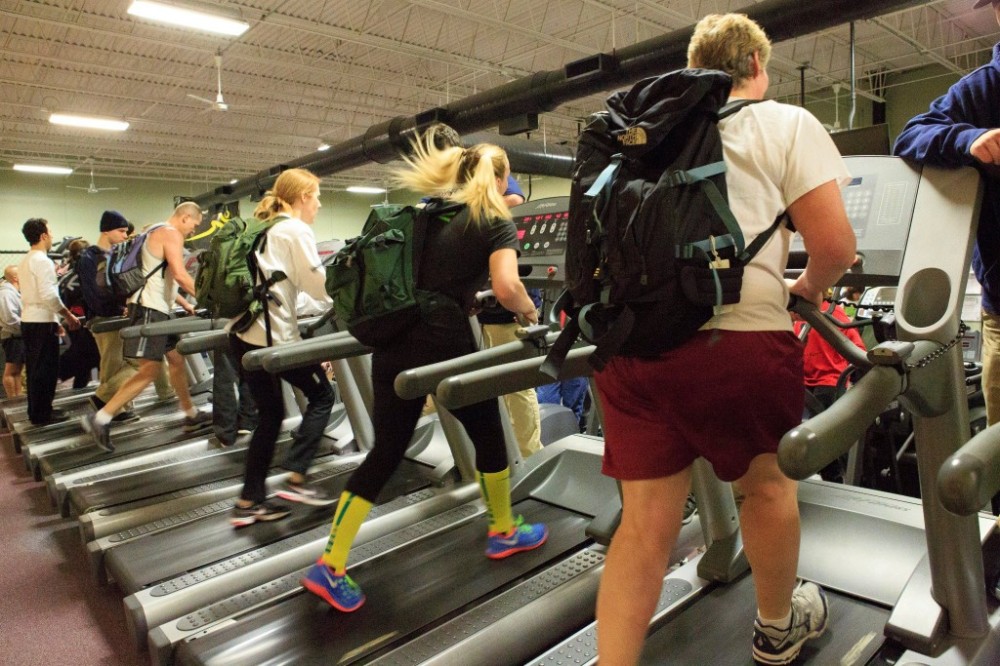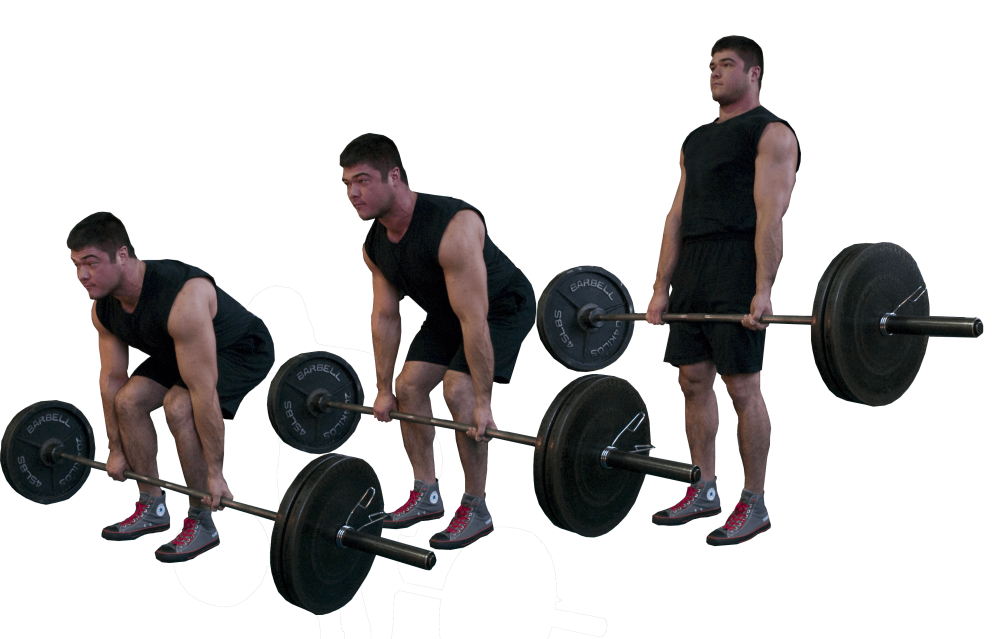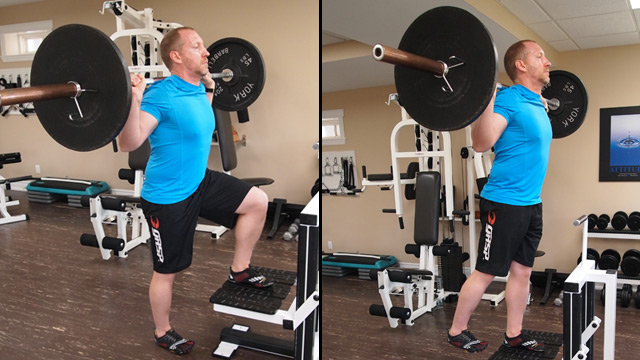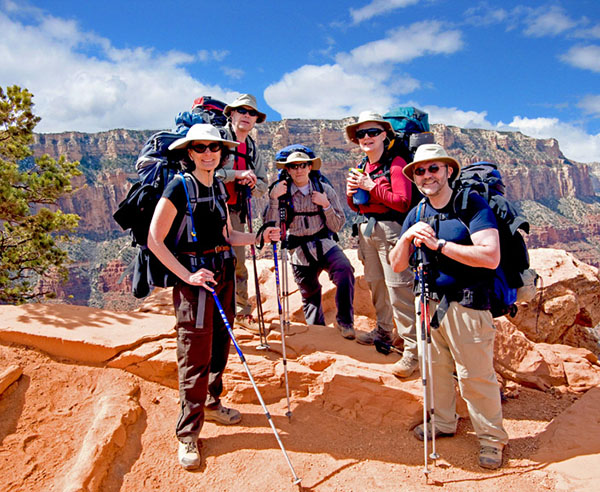A couple months back, I came across a fairly amusing sight at the gym – I saw a woman brisk walking on a treadmill slouched with an extremely heavy backpack, as if her life depended on it. What was even more amusing was that the treadmill was at an elevation, and the woman could barely hold herself upright due to exhaustion.

I soon figured that this was her idea of preparing for a trek, with a bag full of lifting plates in order to get a firsthand experience of what she could expect. Later, I found out that there were ‘n’ numbers of people doing the same silly drill in the gym.
To understand what is wrong with this approach, you first need to learn what you should prepare for in a trek.
Keeping the northern part of India in mind, it is essential that you carry a lot of warm clothes, be prepared for the low level of oxygen at those high altitudes, bear in mind that the uphill climb will have unstable surfaces, and so will the downhill decent while carrying a heavy backpack.
To tackle these problems you would need to work on:
- A strong core
- Strong legs
- Skilled sense of balance
- Good cardiovascular endurance
- Flexibility
While studying for your high school exams you read the chapters first and then train yourself to beat the clock by practicing writing faster. The same way, for a trek you first train on your GPP (General Physical Preparedness) and later focus on SPP (Specific Physical preparedness). GPP lays the groundwork for SPP.
The GPP Phase
In this phase, one should work on general conditioning to improve strength, speed, endurance, flexibility, structure and skill. It also means to prepare for a task by doing certain functional movements that are not necessarily in connection with the actual task but for general physical challenges.
Strong Core: The basic task of standing upright by itself requires a strong core in order to keep the whole vertebrae column safe from injuries. The uphill climb with a heavy backpack would require a preprogrammed central nervous system that is adapted to do so, by performing certain lifts such as deadlifts. Deadlifts strengthen the core, by mimicking the act of picking a heavy object off the ground. Followed by an exercise popularly known as the ‘Good Morning’. The good morning is performed with a load on the back, while doing a hip flexion that takes the load away from the center of gravity, putting the body into a bio mechanical disadvantage which puts a lot of pressure on the Central Nervous System to signal the core to stabilize the load.

Skilled Balance: Climbing up and down an unstable surface is a humungous challenge if has not trained for stability. Apart from the strength of the legs one of the muscles that greatly contribute to stability is the Gluteal Group of Muscles (the buttocks), i.e. the Gluteus Maximus, the Gluteus Medius, and the Gluteus Minimus.

The Step Up exercise not only works on the stability of the hip joint, but also is suppose to be the best exercise to develop the glutes, as compared to the Squat. Perform the exercise with a load on the back i.e. Barbell, and start with a very controlled eccentric motion (descending down towards gravity). This gives a great challenge to the gluteal muscle; continue the regime by an explosive concentric motion (against gravity). The exercise follows unilateral movements (one side at a time) dispensing load one just one leg at both phases of movement, hence training the central nervous system to stabilize the core, while performing the act of balance on one leg.

Cardiovascular Endurance: Cardiovascular training is pretty complex; professionals practice their runs at special facilities that provide an altitude mask, which helps reduce the flow of oxygen, so one can train them for a trek accordingly.
However, running on the treadmill doing steady state cardio also works fine to build your endurance. Uphill climbs take a big challenge on the heart, as it has to beat faster to pump more blood, with lower stamina one would probably succumb muscular fatigue leaving them fall behind the pack. A proper program of strength training and cardio vascular training is necessary to prepare yourself for such an event.
Flexibility: It is essential to be flexible while performing outdoors tasks, as every limb would be required to perform movements for long periods of time. Flexibility helps a full-uninterrupted range of motion around the joints avoiding injuries and discomfort while climbing. Static Passive Stretches must be performed everyday post workout to increase flexibility.
Once you’ve mastered your GPP, you begin focusing on SPP. A good option for SPP training would be hiking steep outdoor trails, gradually increasing the weight of your backpack on each outing, alter duration either in time or distance to make it more challenging, increase the speed of your climb.
Indoors you could work on Plyometric Jumps to improve explosiveness, Agility Drills – either on two feet or crawling on all fours.
Coming back to, why it is silly to carry backpacks filled with lifting plates on inclined treadmill
Let us look at the SAID principle (Special Adaptations to Imposing Demands) the principle states that in order to be better at something, you have to keep practicing that particular task. Swimming for swimmers, cycling for cyclists and trekking for trekkers. Running on a treadmill will not make you a better outdoor runner and running outdoor will not make you a pro on a treadmill. In the same logic, carrying your sins on your back and walking on an incline treadmill will have absolutely no benefit worth your time, especially if GPP is ignored.
In conclusion, focus on all the components of general fitness, before taking things further with specific fitness in order to maximize the output.
Looking for some guidance to help you sprint through your next major outdoor activity? Click Here to get in touch with me.
